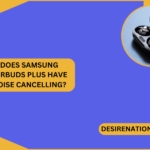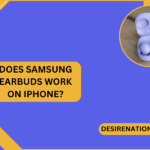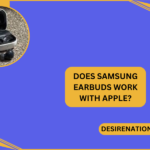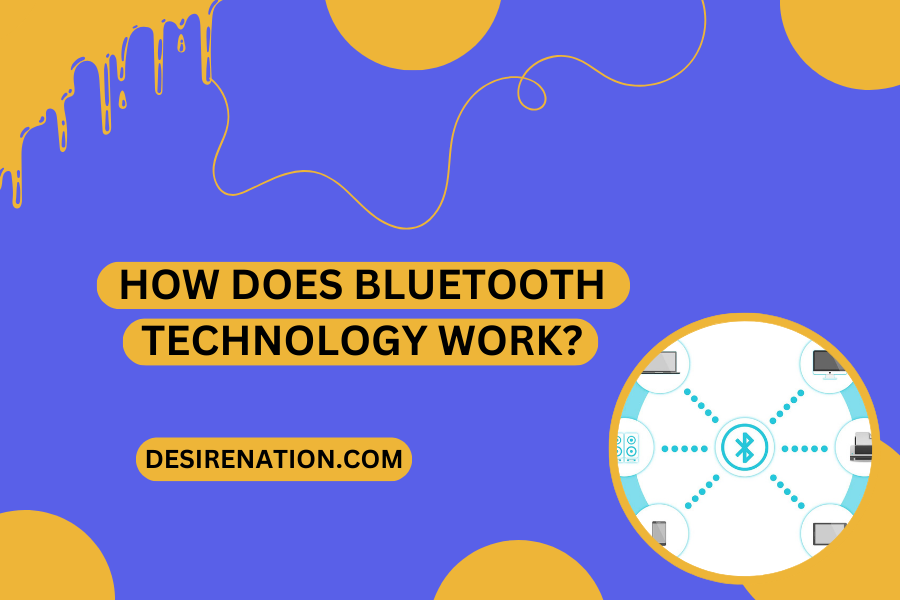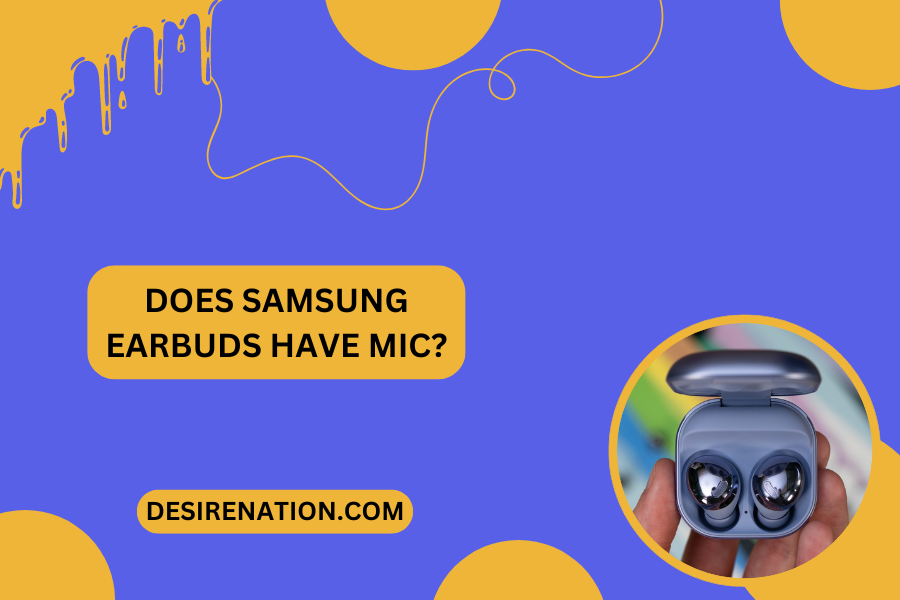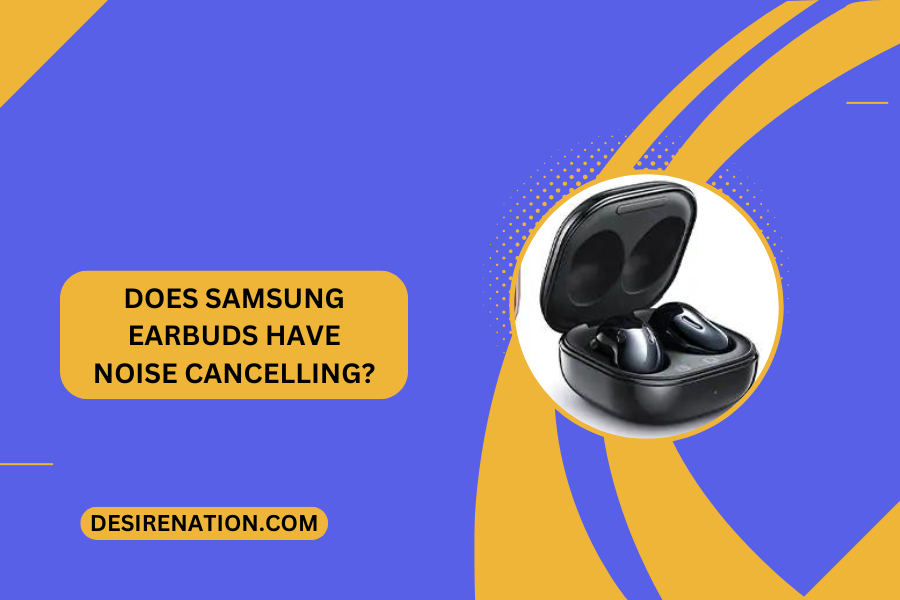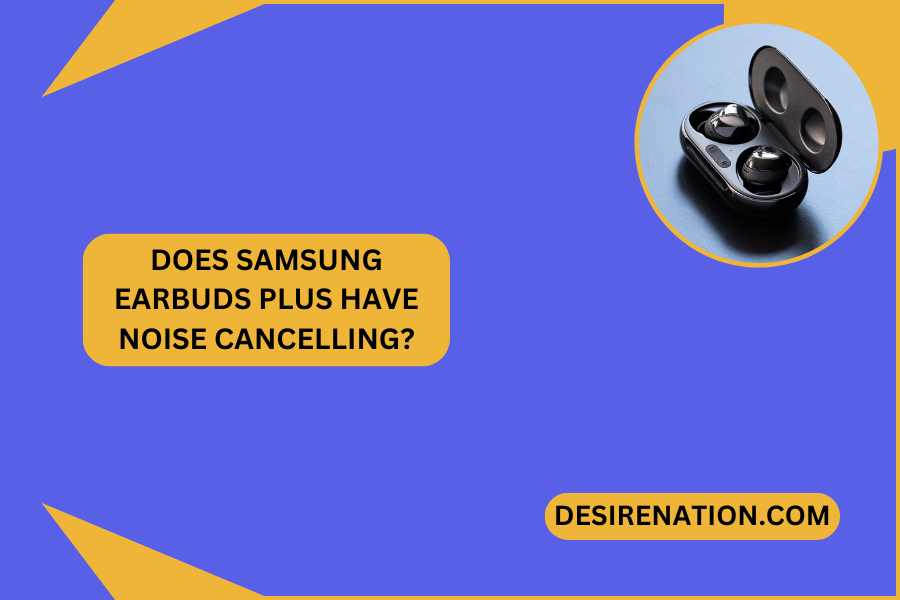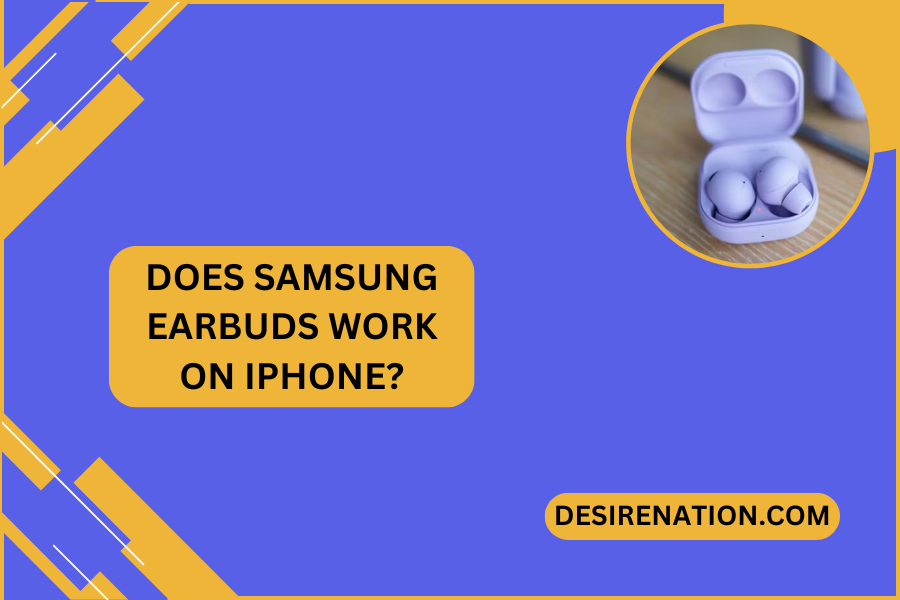Bluetooth technology has become an integral part of our wireless communication ecosystem. From connecting our smartphones to headphones, speakers, and even smart home devices, Bluetooth has revolutionized the way we interact with our gadgets. But have you ever wondered how this seamless wireless connection is achieved? In this article, we’ll delve into the inner workings of Bluetooth technology.
Understanding the Basics
At its core, Bluetooth is a wireless communication standard that allows electronic devices to connect and communicate with each other over short distances. This technology uses radio waves to transmit data between devices, making it a reliable and convenient solution for a wide range of applications.
The Key Components of Bluetooth
-
Radio Waves:
Bluetooth operates in the radio frequency (RF) spectrum, which is the same frequency range used by various wireless technologies like Wi-Fi and cellular networks. It typically uses frequencies in the range of 2.4 to 2.485 gigahertz.
-
Transmitter and Receiver:
Every device equipped with Bluetooth technology contains a small microchip that serves as both a transmitter and a receiver. This chip is responsible for encoding and decoding data before it is sent or received.
-
Bluetooth Profiles:
To ensure that devices can communicate effectively, they must support the same Bluetooth profile. A profile defines the specific set of capabilities and functions that a Bluetooth device can perform. For example, the “Hands-Free Profile” enables communication between a smartphone and a hands-free headset.
-
Pairing:
When you connect two Bluetooth-enabled devices for the first time, they must undergo a process known as pairing. During this process, the devices exchange unique identification codes to establish a secure connection.
The Bluetooth Connection Process
- Discovery: In order to connect, two Bluetooth-enabled devices must first discover each other. This involves one device broadcasting its presence while the other listens for potential connections.
- Authentication and Authorization: After devices discover each other, they go through a process of authentication and authorization. This ensures that only trusted devices can connect.
- Establishing a Connection: Once authentication is successful, the devices establish a connection and are ready to communicate.
- Data Transfer: The connected devices can now exchange data, whether it’s streaming audio, transferring files, or controlling another device.
Types of Bluetooth Connections
-
Classic Bluetooth:
This is the original version of Bluetooth, designed for transmitting relatively large amounts of data. It’s commonly used for tasks like streaming audio to headphones or connecting a keyboard to a computer.
-
Bluetooth Low Energy (BLE):
Also known as Bluetooth Smart, this version is optimized for low-power devices that require intermittent communication. It’s commonly found in fitness trackers, smartwatches, and other IoT devices.
Conclusion: The Versatility of Bluetooth
Bluetooth technology has come a long way since its inception, enabling seamless connections between a wide array of devices. Whether you’re enjoying wireless audio or controlling your smart home, understanding how Bluetooth works allows you to make the most of this incredible wireless technology.


